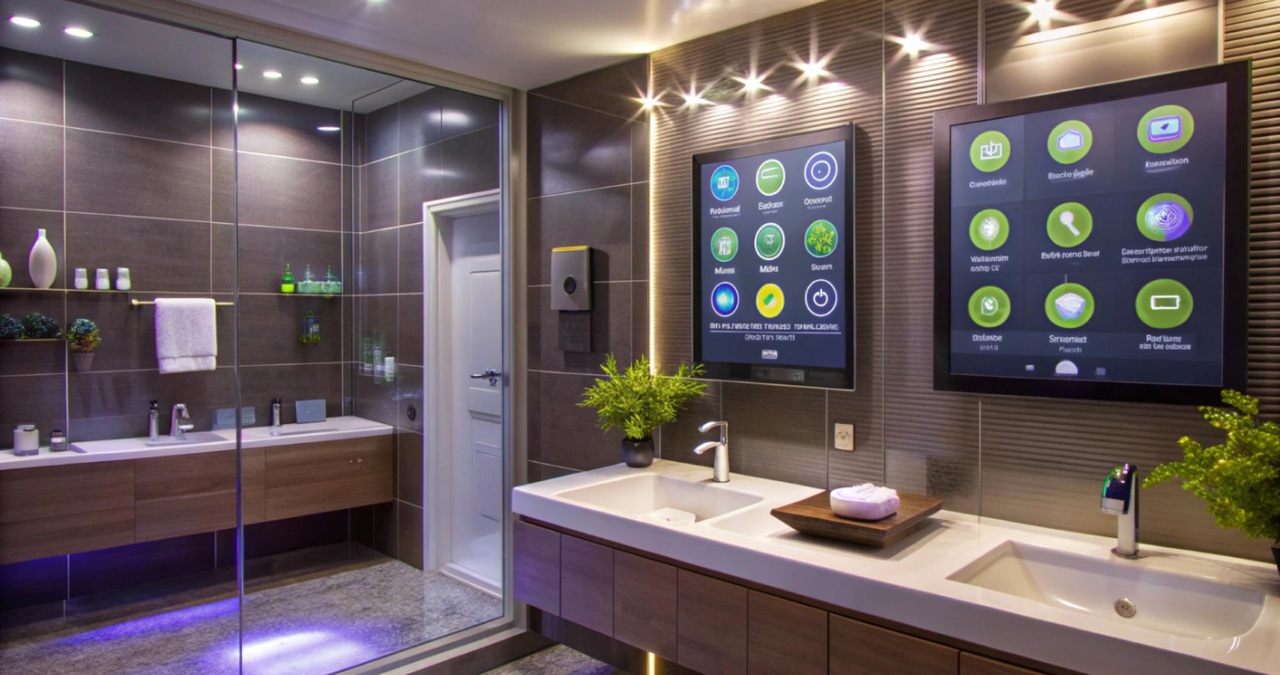
Home Improvement
The integration of technology into home improvement is transforming traditional living spaces into intelligent, responsive environments. By incorporating smart home technologies, homeowners can enhance convenience, energy efficiency, security, and overall quality of life.
1. Enhanced Energy Efficiency
Smart home devices play a pivotal role in optimizing energy consumption. Smart thermostats, such as Nest, learn user preferences and adjust heating and cooling systems accordingly, leading to significant energy savings. Studies have demonstrated that Nest users reduced heating gas consumption by 12.5% and cooling electricity usage by 13.9%. Similarly, smart lighting systems adjust brightness based on natural light levels and occupancy, further reducing energy waste.
2. Improved Security and Safety
Integrating smart security systems enhances home safety. Devices like smart locks, doorbell cameras, and security alarms offer real-time monitoring and remote access, ensuring homeowners can monitor their property from anywhere. Modern smart locks provide better encryption and higher-resolution cameras, addressing vulnerabilities found in outdated systems. Additionally, smart smoke alarms and gas leak detectors provide timely alerts, contributing to a safer living environment.
3. Increased Convenience and Comfort
Smart home technologies streamline daily routines, offering unparalleled convenience. Voice-activated assistants, such as Amazon Alexa and Google Assistant, enable hands-free control of various devices, including lighting, entertainment systems, and appliances. Automated window treatments, like motorized shades, adjust based on the time of day or ambient light, enhancing comfort and privacy. These systems adapt to individual preferences, creating a personalized living experience.
4. Health and Wellness Benefits
Smart technologies contribute to health and wellness within the home. Air quality monitoring systems detect pollutants and allergens, adjusting ventilation systems to maintain optimal indoor air quality. Circadian lighting systems mimic natural daylight patterns, supporting healthy sleep cycles and overall well-being. These innovations create environments that promote physical and mental health.
5. Aging in Place Support
For aging homeowners, smart technologies offer support to live independently and safely. Devices that monitor movement and detect falls provide peace of mind, alerting caregivers or family members to potential issues. Studies indicate that 51% of homeowners aged 50 and older are interested in or already utilizing smart home technologies, with a focus on enhancing safety and convenience.
6. Future Trends in Smart Home Integration
The evolution of smart home technologies continues to influence home improvement trends. The INTEGER Millennium House, later renamed The Smart Home, serves as a benchmark for integrating advanced technologies, including building-integrated photovoltaic arrays and comprehensive home automation systems. These features resulted in a 50% reduction in carbon emissions and enhanced energy efficiency. Looking ahead, advancements in artificial intelligence and machine learning are expected to further personalize and automate home environments, anticipating occupants’ needs and optimizing resource use.
7. Considerations for Integration
While the benefits of smart home technologies are substantial, homeowners should consider compatibility, security, and privacy when integrating new devices. Ensuring that devices work seamlessly together and are protected against cyber threats is crucial. Engaging with professionals experienced in smart home integration can facilitate a smooth transition and maximize the advantages of these technologies.
Share this content:







